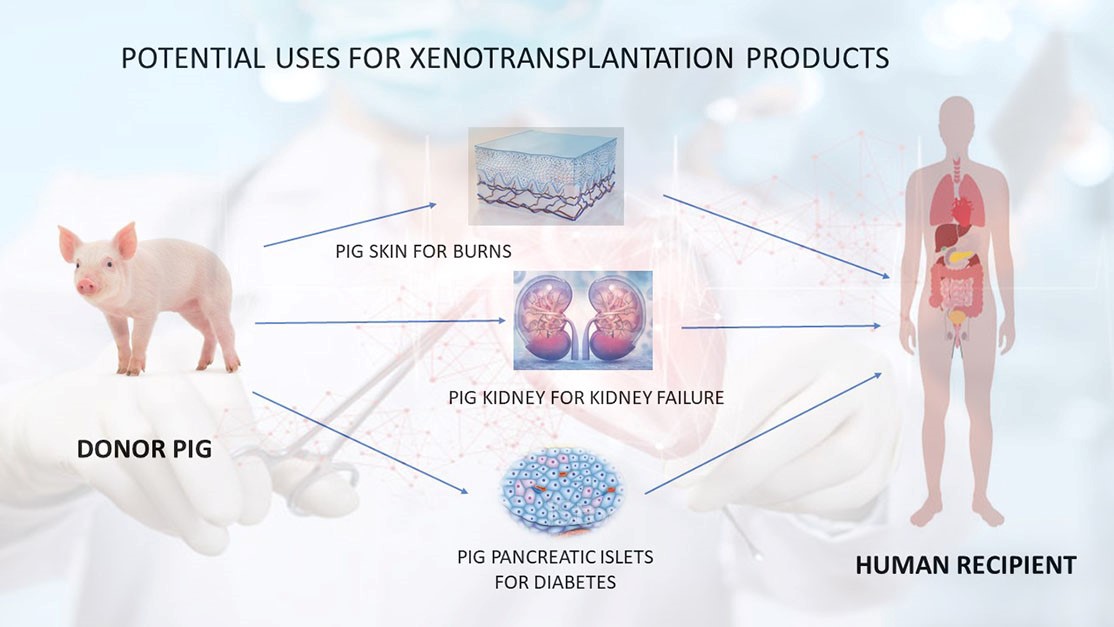Free Courses Sale ends Soon, Get It Now


Free Courses Sale ends Soon, Get It Now



Source: FDA
Disclaimer: Copyright infringement not intended.
Context
Details
History and Development
Challenges
Xenotransplantation Process
Preparing the Organ:
Surgical Procedure:
Monitoring and Follow-Up:
Why Pigs for Xenotransplantation?
Addressing Immune Rejection:
Types of Xenotransplants
Sources:
|
PRACTICE QUESTION Q. Xenotransplantation holds promise as a potential solution to the shortage of human organs for transplantation, offering the prospect of life-saving treatments for patients with end-stage organ failure. Critically analyse. (150 words) |
© 2024 iasgyan. All right reserved